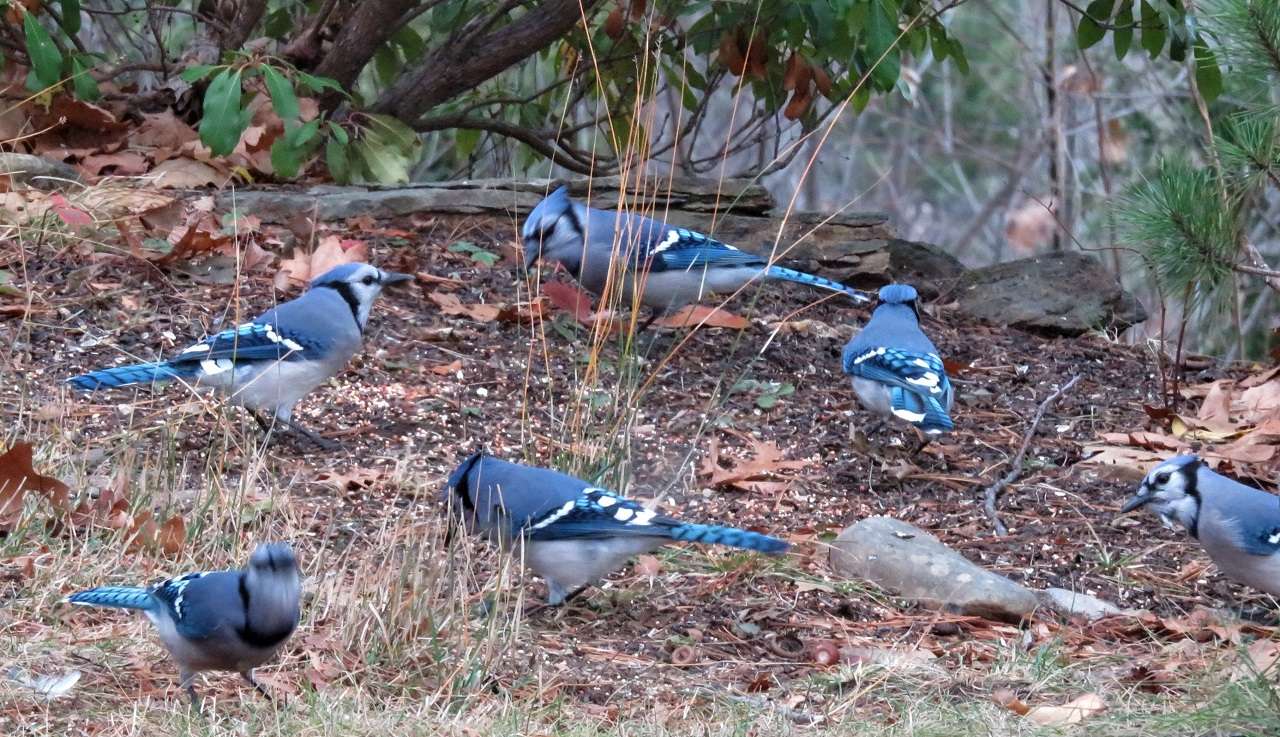SCORES & OUTDOORS: It’s the time of year for Woody’s bold prediction for the remaining winter

 by Roland D. Hallee
by Roland D. Hallee
It’s the first of February, and time for my annual trek into the woods to find my friend, the weather prognosticating groundhog named Woodrow Charles. So, for the umpteenth year, I bundle up and head out the door, not quite sure where I was going.
Last year Woodrow had relocated into a shamble of a tree stump, from which he has since moved. A strange message on Instagram gave me directions to the new place. It was still in center Vassalboro somewhere west of China Lake, and east of Webber Pond.
His instructions took me off the Crowell Hill Road, and down some tote road. I knew I was getting close when I could smell the aroma of a wood burning stove. Ah, there it is, a rather large stump that looks as though it could be from a fresh fallen tree during the storm of December 18. There were boxes strewn outside, evidence of a recent move. A light shown inside the hastily installed window, with smoke billowing from a new chimney.
I knock on the door.
After a few seconds, Woody appeared.
“Come on in, friend,” he said happily.
I didn’t know what to expect. He can be kind of surly at time.
“I’m glad you were able to find me,” he said.
“Well, it took a while, but luckily I’m a little familiar with the area,” I responded. “Is this a permanent move?”
“I intend it to be,” he replied. “I’m getting tired of all this moving around. It’s hard for my friends to keep track of me.”
“Speaking of your friends,” I said, “How are Butch, Slim and Frank?”
“Good, they helped me move in here. Now I’m trying to get settled before the Super Bowl.”
“So, what’s your prediction this year?”
“I think it’s going to be a boring Super Bowl. Both teams’ primary color is red. I can’t root for the Chiefs because before the Europeans arrived, the indigenous people ate some of my ancestral relatives. And the 49ers, well, a bunch of grown men and women killing each other for some glittering rocks. Doesn’t make sense to me. I may just skip the game all together.”
I cringed. I fall into that trap every year.
“No, not the game. For the rest of the winter,” I shoot back.
“It’s been a really mild winter so far, hasn’t it?” he asks.
“You’re not telling me anything I don’t already know,” I answer back.
“Well, you don’t have to get snippy about it,” he snapped back. “Do you want to hear what I have to say or are you going to go all arrogant on me, he retorted.
We sat there for a moment, staring at each other. I guess we were trying to figure out who would speak next.
Finally, I initiated by saying, “OK, I’m sorry, what is your forecast for the rest of winter?”
“Well, like I said, the winter so far has been relatively mild and quiet. Don’t look for that to continue. The rest of the winter weather will be unsettling. We are going to see a lot of mixed precipitation. Rain and snow, with some cold spells sprinkled in there. Also, don’t think the high winds we have experienced are a thing of the past. More of them to come. All in all, look for six more weeks of winter.”
“Well,” I sighed. “Not exactly what I was hoping to hear, what with the mild winter so far,” I said in disappointment. “My readers won’t be happy with this forecast.”
“What can I say,” queried Woody. “It is what it is! Which reminds me: what’s your take on Bill Belichick leaving New England?”
“With all due respect, Woody, I’d rather not get into that.”
That being said, I bid my farewell to Woody, wished him well, exited the abode, and made my way back to the office to write this column, and hope not to get any hate mail.
SUPER BOWL SNACKS
It’s official: Here are the 10 top snacks that Mainers will enjoy during the Super Bowl. It has to be official, the survey was conducted by a gambling company. Imagine that!
Here they are, in order of popularity: chicken wings, ice cream, subs and sandwiches, meatballs, corn dogs, chips ‘n dip, potato skins, cookies, nachos and BBQ ribs.
Enjoy!
Roland’s trivia question of the week:
What five NFL teams have won only one Super Bowl?










 There is usually a frenzy. Olivia loves watching these antics…so do I.
There is usually a frenzy. Olivia loves watching these antics…so do I.



 With the second regular session of the 131st legislative session now underway, AARP Maine announces its 2024 legislative agenda which includes expanding caregiver support resources in Maine, as well as a focus on fair and affordable utility rates.
With the second regular session of the 131st legislative session now underway, AARP Maine announces its 2024 legislative agenda which includes expanding caregiver support resources in Maine, as well as a focus on fair and affordable utility rates.






